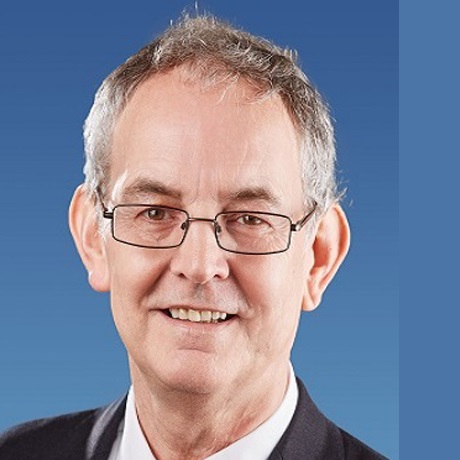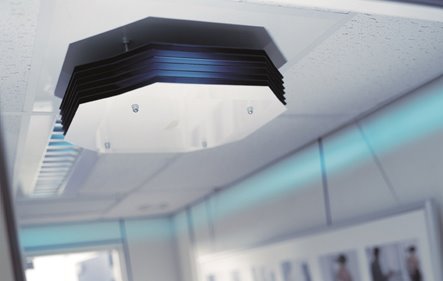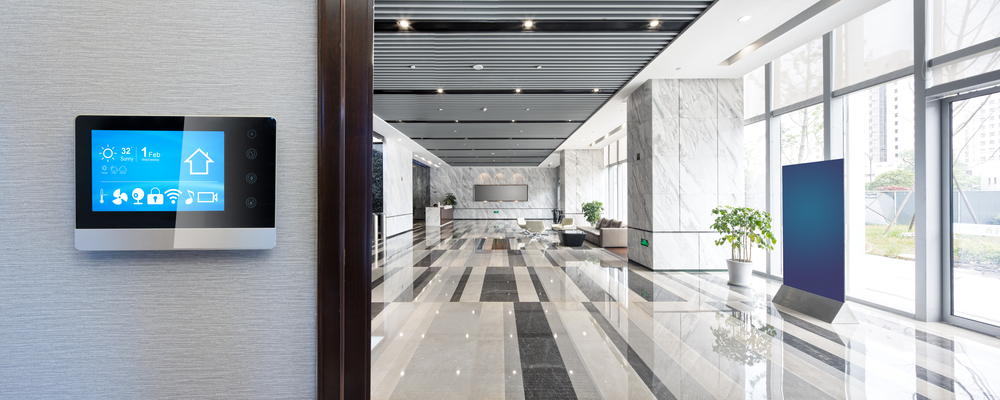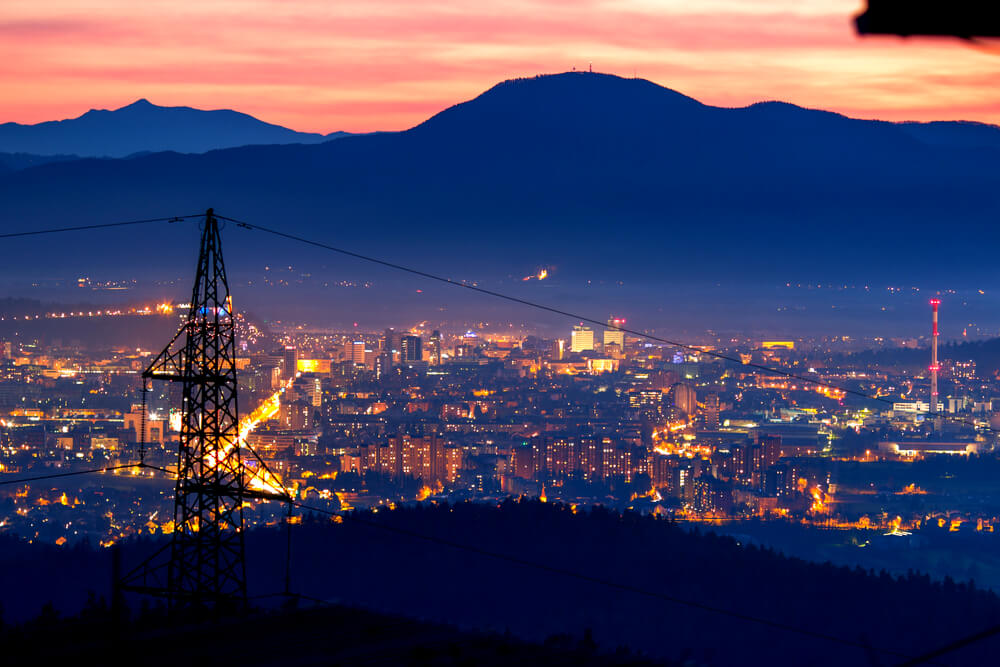Europe moves to phase out electrical SF6
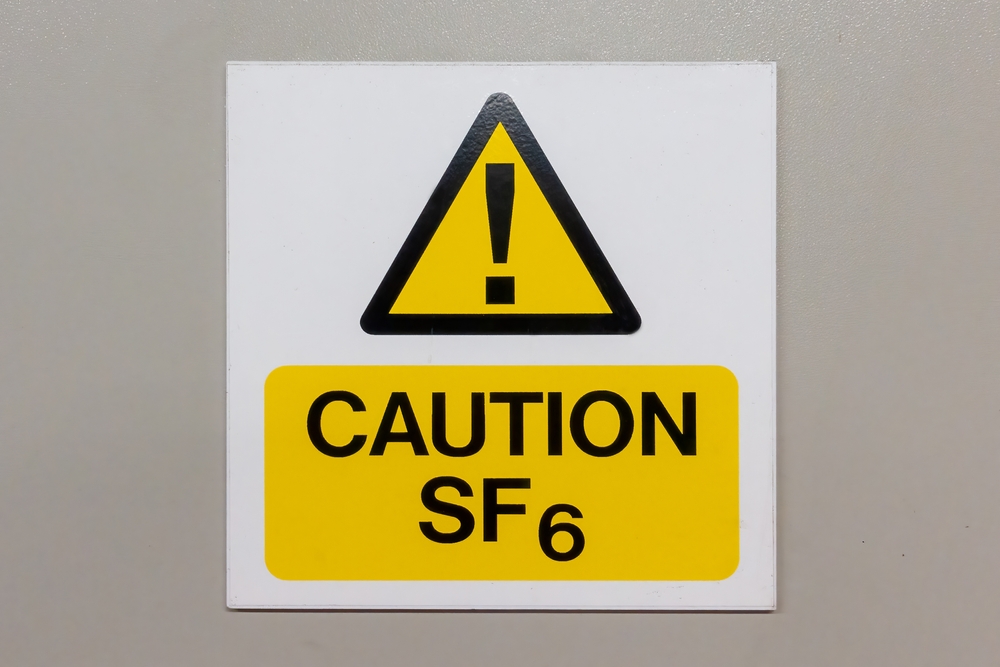
Sulphur hexafluoride (SF6) gas is colourless, odourless, non-toxic and five times denser than air. It’s also the world’s most potent greenhouse gas, with a global warming potential 25, 200 times more than CO2.
With that sort of climate change impact, one might wonder why it is relevant to the future of an increasingly decarbonized electrical industry. However, the electrical industry still relies on its excellent electrical insulation properties to prevent short circuits in medium- and high-voltage electrical installations that would otherwise lead to damage, disruption, fire or explosion.
Sulphur hexafluoride is just one of a now infamous family of ‘F-gases’. The EU has banned the use of many of these gases and using SF6 has previously been banned from applications ranging from double glazing insulation to keeping fashionable trainer soles inflated.
Phase out from 2026
But while SF6 can still be deployed in switchgear to ensure electrical safety and reliability, it looks like change is on the way. In 2022, the European Commission proposed that SF6 should be banned from most new electrical equipment as early as 2026 for switchgear up to 24kV and for higher voltages by 2031, as part of its broader F-gas reduction plans.
Brussels recognizes that if we want to green our electricity supply then removing SF6 is also a necessary step – and various green Euro-groups would like to do this even earlier than these dates.
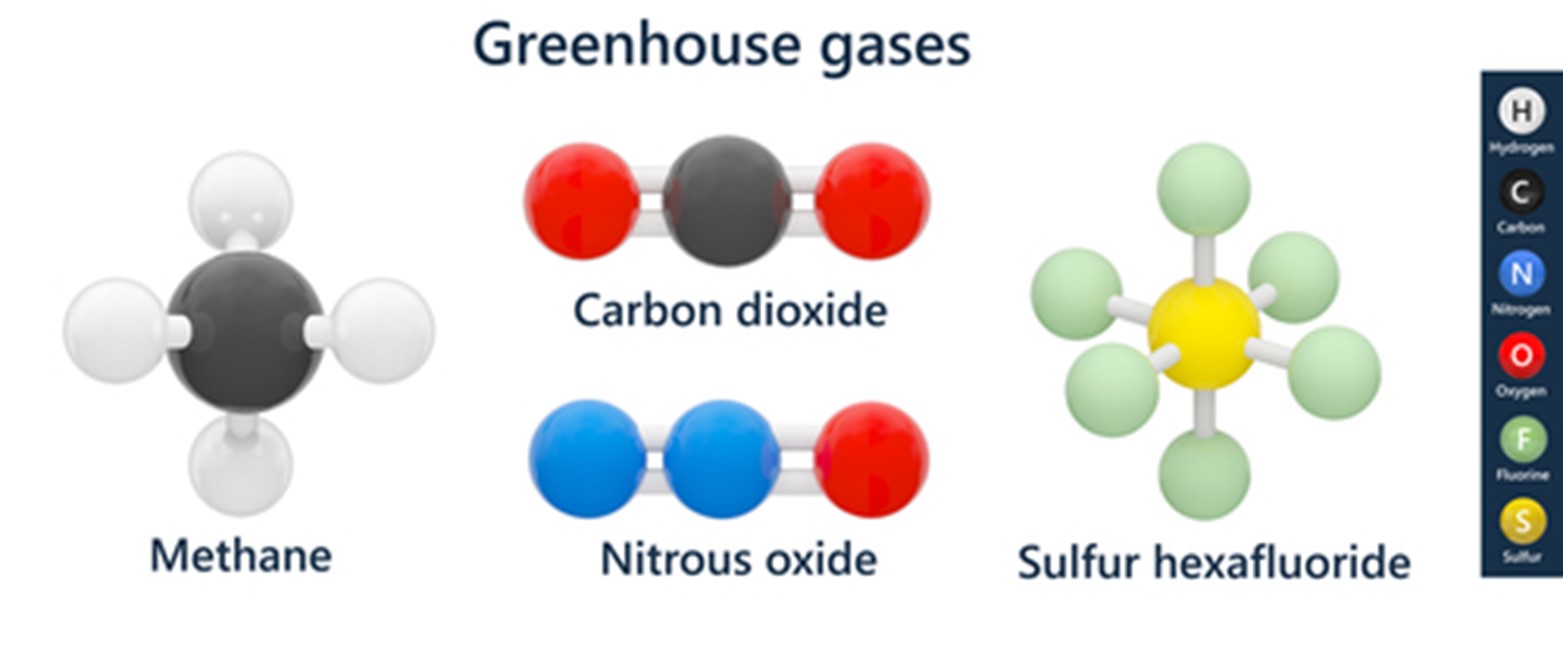
For now, SF6 gas is widely deployed in circuit breakers and switchgear in power stations, wind turbines and electrical sub-stations, to quench arcs and stop short circuits. It has a reliable track record and maintenance requirements are low – very handy if your electrical equipment is, for example, part of a mega-wind turbine operating in the North Sea. It also provides compact gas-insulated switchgear which is ideal for space-constrained applications.
MV applications – HV challenges
Even so, following an EU Report, the Commission has concluded that there is no technological barrier to eliminating SF6 in new medium voltage (MV) and up to 145kV for certain HV installations. Indeed, for MV primary and secondary switchgear, increasingly cost-effective and compact alternatives to SF6 are already on the market from leading providers such as ABB, Eaton and Schneider.
These deploy alternatives such as mixed gas, air/solid and vacuum technology. Earlier this year GE Grid Solutions announced a framework contract with the UK’s SP Energy Networks for the supply of 145 kV ‘g3’ SF6-free circuit-breakers.
Finding suitable alternatives to SF6 for even higher voltage applications is, however, more challenging. Even when feasible, the alternatives still tend to be more expensive than using SF6 and the Commission is monitoring the situation. Ongoing activity includes GE’s EU-funded 2025 roadmap to extend SF6 free switchgear up to 420kV.
Avoiding current emissions
Despite its massive global warming potential, the atmospheric concentration of sulfur hexafluoride is only a tiny fraction of CO2 (SF6 contributes some 0.8% to overall global warming). However, that concentration has nearly doubled over the last two decades, partly due to operational leaks.
Yet, because of the risk of releases during SF6 gas recovery, there seems little sense in trying to remove most existing SF6 switchgear. Instead, it’s vitally important that ongoing electrical equipment operation and decommissioning does not let the gas escape. The Environment Agency oversees UK rules on the effective recovery of the gas, which is necessary when switchgear fails or degrades.
Preparing for phase out
The European Commission is handling the phase out of SF6 with care because switchgear is a critical application. However, the alternatives technologies are increasingly offering functionality and performance, ready maintenance and no particular end of life challenges.
Significantly, they also offer customers the prospect of future legal compliance and a positive impact on their carbon footprint. Switchgear manufacturers will continue to develop viable SF6 replacements beyond the currently achievable voltages, and utilities and other customers (see panel) may now wish to plan for an SF6-free future for electrical switchgear.
Implications beyond the grid…
The Commission’s proposal to ban SF6 may have implications beyond network supply. For example, commercial buildings that move to MV to support fast electric vehicle charging could also go SF6 free and:
- provide even greener vehicle charging:
- reduce their reported carbon footprint;
- achieve easier green building certification; and
- future proof their electrical systems.
Paul Reeve is Director of CSR at ECA and a Fellow of the Royal Society of Chemistry.
Are you up to date with ECAtoday?
ECAtoday is the official online magazine of ECA and reaches thousands of people within the electrotechnical and engineering services industry.




